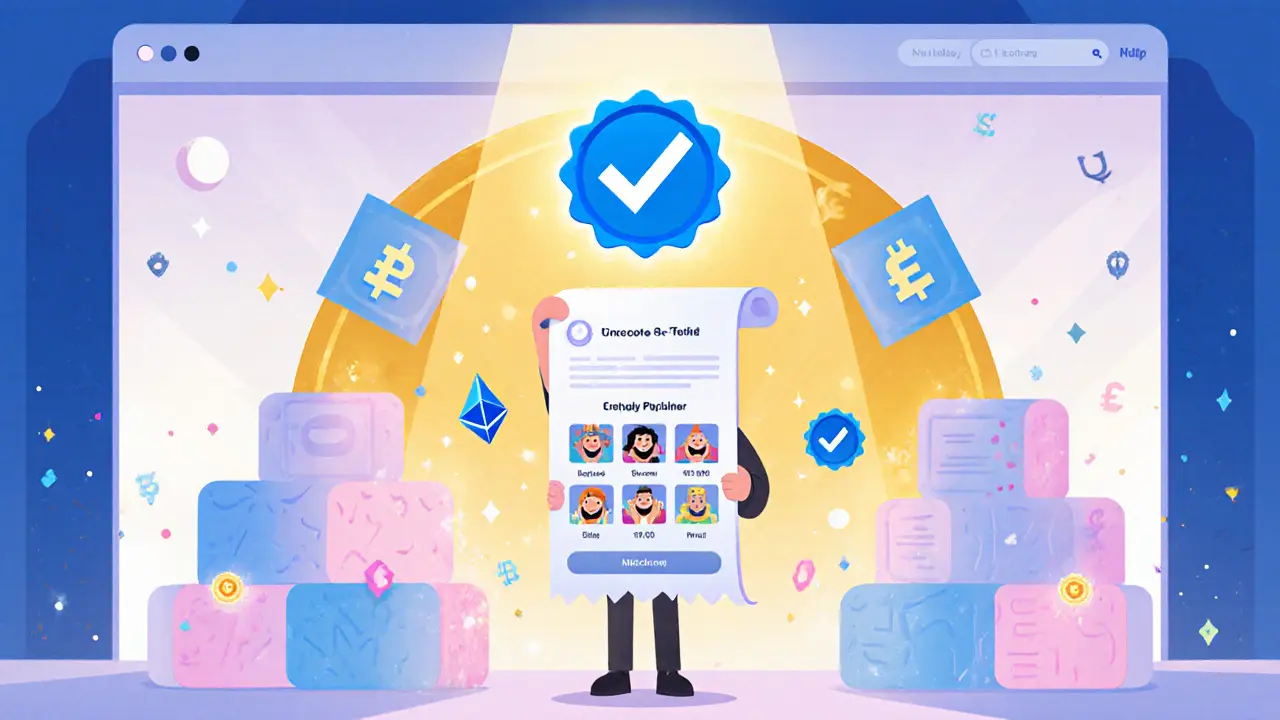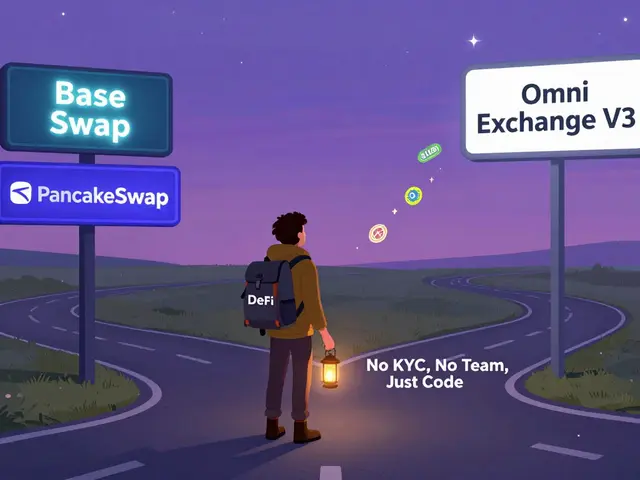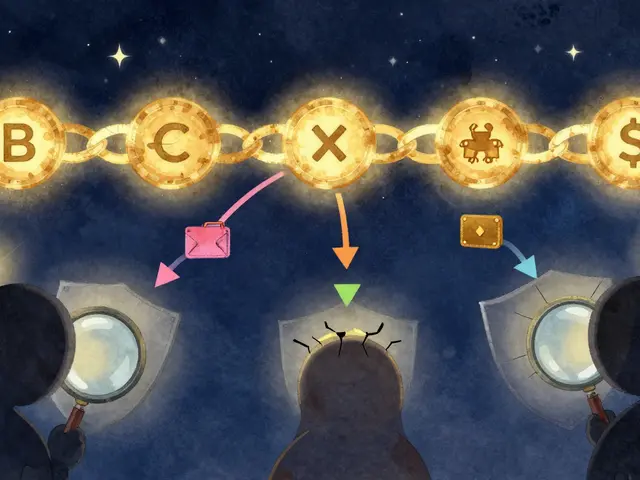NFT verification: How to Spot Real NFTs and Avoid Scams
When working with NFT verification, the process of confirming an NFT’s authenticity and ownership on a blockchain. Also known as NFT authenticity check, it helps you avoid fake drops and scam projects. In plain terms, it’s the toolbox you use before you click ‘Buy’ or ‘Mint’. If you’ve ever seen a flashy image with a promise of huge gains, you’ve probably wondered whether it’s legit. That question is exactly what NFT verification answers.
One of the core pieces of that toolbox is a smart contract audit, a technical review of the contract code that defines the NFT. Audits uncover hidden backdoors, rogue functions, or mis‑named variables that could let a creator pull the rug out from under owners. A recent audit of a popular play‑to‑earn NFT revealed a hidden “owner‑only” mint function that let the team create unlimited copies after the sale. That sort of flaw turns a seemingly rare collectible into a paper‑thin asset.
Another practical step is checking metadata authenticity, the on‑chain data that describes an NFT’s image, traits, and provenance. Bad actors often host the image off‑chain on a server they control, then swap it later with a low‑resolution or completely different picture. By comparing the token’s metadata hash to the file stored on IPFS or a trusted CDN, you can confirm the visual asset hasn’t been tampered with. This ties directly into the semantic triple: NFT verification encompasses metadata authenticity checks.
Key Steps for Reliable NFT Verification
First, fire up a blockchain explorer, a public tool that lets you view transaction histories, contract code, and token details like Etherscan or BscScan. Paste the contract address, and look for a verified source code badge – that’s a quick sign the project cares about transparency. Next, scroll down to the “Read Contract” tab and pull the token URI. If the URI points to a WordPress site or a Google Drive link, raise an eyebrow; reputable projects host files on decentralized storage.
Second, hunt for the audit report. Reputable auditing firms publish PDFs or GitHub releases detailing findings. The report should list the audit scope, identified issues, and the remediation status. If the team only whispers about a “private audit” without a link, that’s a red flag. Remember the semantic link: smart contract audits influence NFT verification outcomes.
Third, verify the creator’s on‑chain activity. Use the explorer to see how many tokens the creator has minted and whether they’ve transferred any to themselves after the public sale. A pattern of large self‑transfers often signals a rug‑pull plan. Pair this with a quick scan of community channels – Discord, Twitter, and Reddit – to see if the team answers technical questions. Active, transparent communication usually aligns with stronger verification practices.
Finally, protect your wallet. Even a perfectly verified NFT can be stolen if your private key is exposed. Enable hardware wallet support, set up a strong password, and consider a multisig solution for high‑value collections. This ties back to another semantic triple: wallet security underpins effective NFT verification. A compromised wallet makes any verification effort moot.
All these steps form a layered defense that lets you confidently add a new token to your collection. Below, you’ll find a curated set of articles that dive deeper into each aspect – from detailed audit case studies and metadata checklists to real‑world airdrop safety guides. Use them as a playbook to sharpen your verification skills and keep your NFT portfolio safe and genuine.
How NFT Marketplaces Verify Collections - Processes, Criteria & Best Practices
Learn how NFT marketplaces verify collections, from volume thresholds and manual reviews to emerging zero‑knowledge proof methods, plus step‑by‑step guides for OpenSea, LooksRare, and more.





